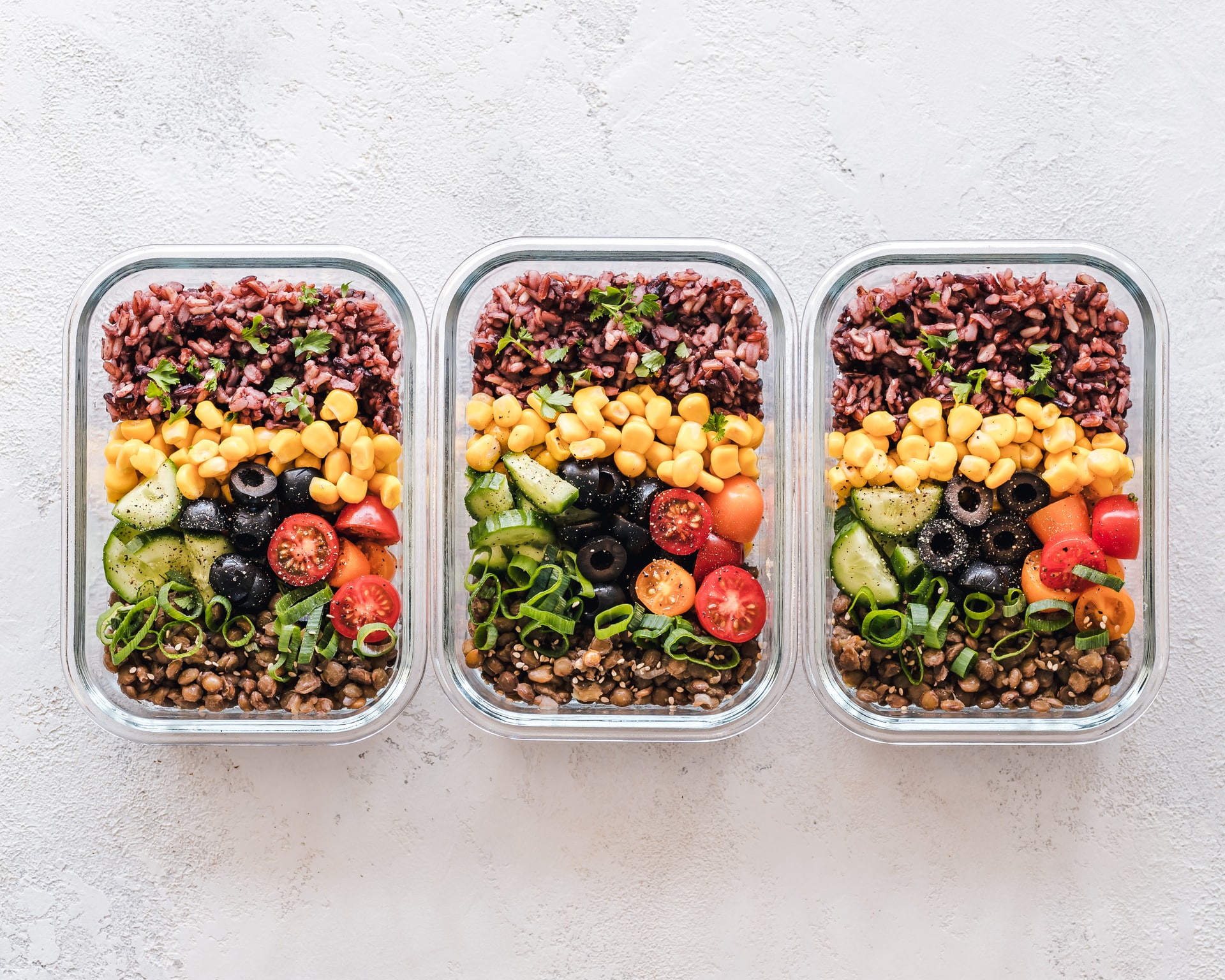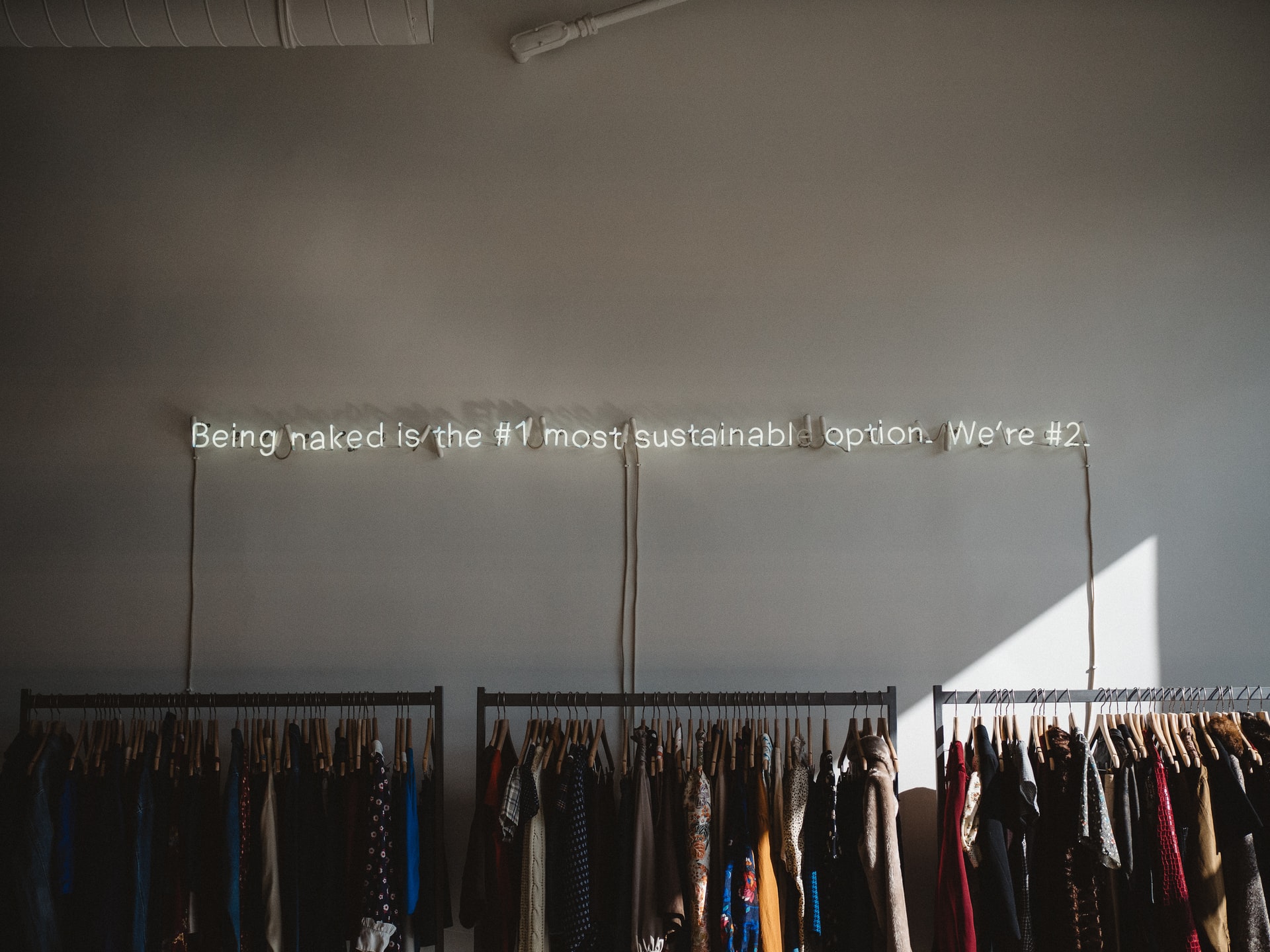Our existence weighs on the planet: cars produce carbon dioxide, consumer plastics end up in our oceans, and potent methane from cows is a contributor to global warming. Information can be overwhelming but there are everyday actions we can take to lessen our impact on the planet.
While big ideas, like investing in solar panels or buying an electric vehicle, can be expensive, here are six ways to lessen your impact on the environment. The best part is that living more consciously will often help you save money in places you were likely overlooking and even improve your health.
1. Ditch the Car for Short Trips
Americans drive a lot. In 2017 nearly 60 percent of vehicle trips were less than six miles roundtrip. Changing this could have a huge impact on the environment. Car trips under a mile add up to about 10 million miles annually. If half of these trips were taken by bicycle or by foot, Americans could save about $575 million in fuel costs and reduce carbon emissions by about 2 million metric tons per year.
Take a moment at the beginning of every week or even day to access when you will need to take the car out for a short trip. Be mindful of ways that you can combine car outings or get a little exercise by walking or taking your bike. If your commute is getting you down, consider investing in an electric bike, as prices have decreased over the past few years. Driving less will save on gas money too.
A little mindfulness goes a long way and can be good for your body. One study on air quality and exercise-related health benefits from reduced car travel in the midwestern U.S. found that cutting out car trips under five miles in urban areas would cause approximately $5 billion in health benefits associated with improved air quality.
2. Stop Wasting Food
About a third of all food produced goes to waste, accounting for about 8 percent of global greenhouse (GHG) emissions. Production of food also wastes valuable resources like water, energy, land, fertilizer, and human labor.
This waste is expensive for consumers. Food is one of the highest weekly expenses for Americans after housing and transportation. A study published by the American Journal of Agricultural Economics found that Americans waste almost a third of the food they purchase — adding up to about $1,800 annually per household. By making an effort to waste less food at home, we can make a huge difference in the GHG emissions from food waste and save money.
An easy first step to reducing food waste is to start meal planning ahead of each week. Taking into account what you currently have and what you plan to make, will help you mindfully purchase. Looking at your calendar also helps make decisions about how much to purchase. Maybe you are going away for the weekend or having dinner at a friend’s.
If looking for ways to use up items is a daunting task, check out Anne-Marie’s Bonneau’s book The Zero-Waste Chef centered on using every bit of food, or Ronna Welsh’s The Nimble Cook, where she teaches strategies to cook with what is already on hand to reduce waste.
For more tips on wasting less food, check out Sustainable America’s food waste related resources.

3. Eat More Plant-Based Foods
Did you know that the production of meat and dairy products account for about 15 percent of global greenhouse gas emissions? In fact one study found that switching to a vegan diet and shifting the demand side of meat production could reduce emissions by up to 70 percent.
In addition to reducing GHG emissions, plant-based diets are also thought to be healthier and lead to lower rates of chronic disease.
Maybe you are not ready to completely eliminate meat, eggs, and dairy from your diet—(and that’s okay!) You can look to curb your consumption and purchase quality products that use low-intensity farming or production systems, such as pasture-raised or organic. Meat and milk from pasture-raised animals or those fed with home-grown feed help avoid the use of imported soy feed from deforested areas, a problem in industrial chicken, pork, and dairy production.
If eliminating these products seems out of your culinary comfort zone, you are in luck because over the past few years a myriad of quality products and recipes have filled the market and the internet. Internationally acclaimed chef and restaurant owner, Yotam Ottolenghi, has a slew of delicious plant-based and vegetarian recipes on his website. Many vegans swear you will never look back after using Miyocos dairy-free products and start following @rainbowplantlife, @thefirstmess, and @edgarraw for tips and daily plant-based inspiration.
4. Start Composting
Did we mention food waste is bad? Food waste is the single largest component of solid waste reaching landfills and incinerators in the U.S., according to the EPA. Even food waste warriors end up with food scraps. Many municipalities are developing commercial composting operations for residents, but the majority of Americans still do not have access to these services.
A simple backyard compost pile can not only eliminate food waste that lingers for decades in a landfill, it can also help regenerate healthy soil. Sustainable America has developed info on how to get started and even a guide to composting in your apartment. The illustrated guide gives you all of the tools you need to get started on your own worm bin.
5. Check Your Clothing Labels
Over 11 percent of landfill waste comes from rubber, leather and textiles, and 60 percent of modern garments contain synthetic textiles like nylon, rayon, and polyester produced through wasteful production practices or with fibers containing harmful microplastics. As a synthetic garment is washed repeatedly these plastics are released into wastewater. There are approximately 8.3 million pieces of microplastics per cubic meter in the ocean, according to the World Economic Forum. Once they reach the ocean, plankton and small fish ingest the plastics and the toxic substances they contain. Then they move up the food chain, eventually ending up in humans.
With that in mind, when purchasing new clothing, consider natural fibers as they do not contain these plastics and often require fewer harmful substances to produce. If you do have synthetics in your closet, consider washing them less often. As a garment ages, it actually releases more microplastics.
When it comes to purchasing clothes, start with the used market. With great options on Poshmark, eBay, and thredUP, thrifty alternatives are easy to come by and take advantage of items already produced. If you are on a budget, clothing swaps are a great way to gather friends and get free pieces.

6. Use It Up, Wear It Out, Make It Do, Or Do Without
This slogan from World War II campaigns stressed the importance of conserving resources for the war effort but it applies to today as well. Make this your mantra when considering a new purchase. Do you already have something that can do the same job or do you even really need the product? As consumers we are bombarded with an array of products online and in stores but this comes at a steep price. Think like your grandmother would and see if there is a more creative way to get what you need. Sometimes a quick group text or Facebook post will bring a needed item into your life.
Hungry for more?
Making sustainable choices is empowering! Many of the tips listed are included in Sustainable America’s Waste Less at Home toolkit, designed to act as a starting point for making a conscious effort to waste less at home. For more ways to make your home life more sustainable, check out the toolkit. To learn more about food waste and how you can curb waste, check out I Value Food for stats, tips, and recipes.
Do you have a tip for using and wasting less?
Drop us a line using the form on our Contact page. We’ll highlight some of them on social media and in upcoming blog posts.
